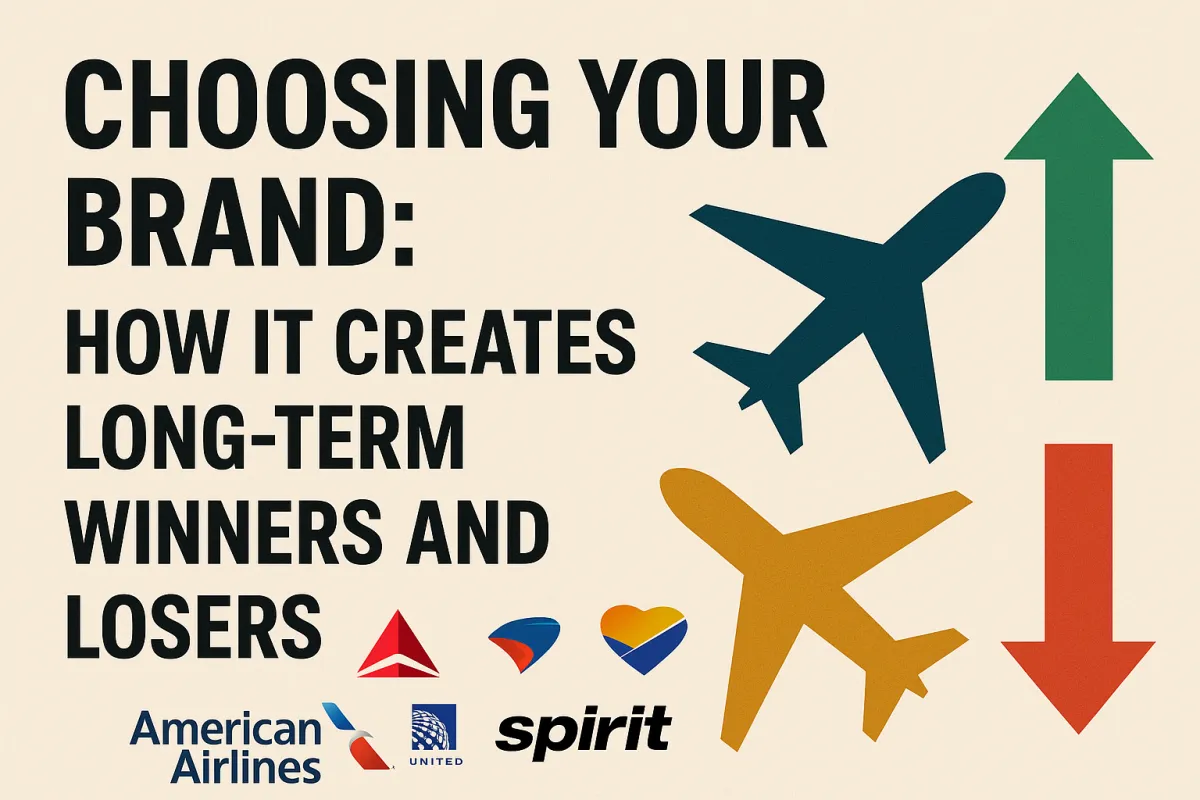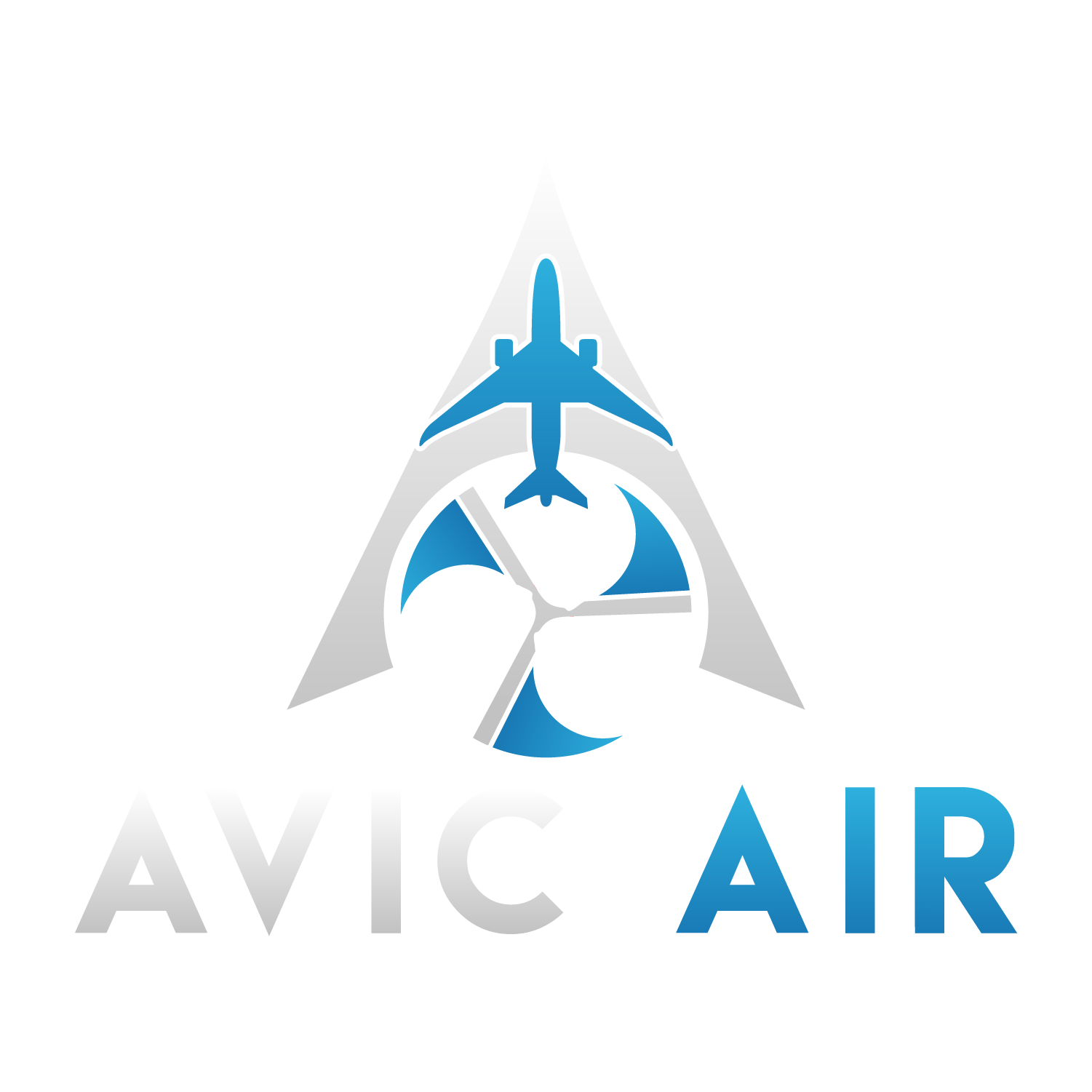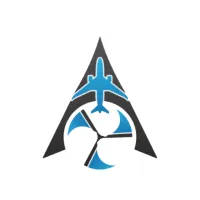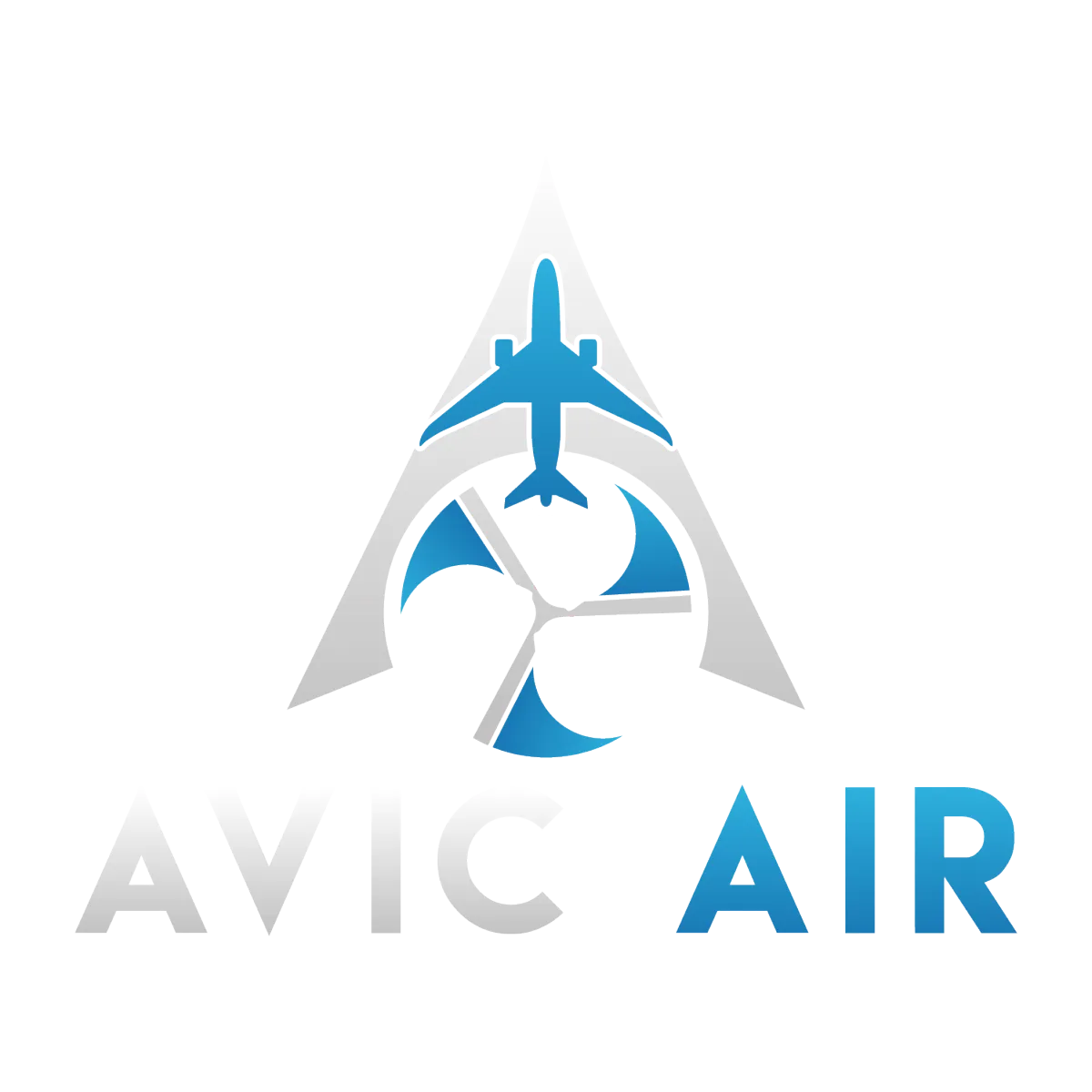Innovative Ideas and Strategies for Aeronautical Success
Aviation Career

Choosing Your Brand: How It Creates Long-Term Winners and Losers
In the highly competitive airline industry, capital expenditures, route networks, and cost control tend to dominate discussion. Yet beneath those strategic levers lies a more intangible but equally powerful asset: brand. A strong brand affects how passengers feel about flying with you, how much premium they’ll tolerate, and whether they’ll return. Over decades, brand has made or broken airlines. For an emerging pilot weighing options, the brand of your employer matters nearly as much as schedule or pay.
Below, I walk through historical cases of brand success and failure up to today, tie them to current U.S. carriers (especially Spirit), reference available brand-and-loyalty data, and then circle back to what this means for a pilot’s career choices.
Early Legacy Branding: “Flag Carriers” and Prestige (1930s–1970s)
In the early days of commercial aviation, flying was exotic, expensive, and glamorous. Carriers like Pan American World Airways (Pan Am) and Trans World Airlines (TWA) didn’t sell merely a seat—they sold a sense of global prestige, reliability, and status. Pan Am’s globe logo became shorthand for “world travel,” and TWA invested heavily in design, architecture, and marketing to create a consistent luxury image.
Those strong brand identities allowed these airlines to command higher fares, attract affluent clientele, and expand globally before competition intensified. But branding alone couldn’t shield them indefinitely: mismanagement, debt, regulatory shifts, and competition later eroded their strengths.
Deregulation, Competition, and the Need for Differentiation (1978–1990s)
The U.S. Airline Deregulation Act of 1978 unleashed a wave of competition. For many incumbents, the shift meant brand had to compete with cost. Some survived; others didn’t.
Southwest Airlines exploited brand brilliantly. Its “Low Fare, No Frills, Fun Culture” positioning became deeply embedded in everything from advertising to uniforms, staff behavior, and internal culture. The brand promise resonated with cost-conscious travelers, enabling Southwest to maintain strong loyalty despite minimal frills. Over time, that loyalty created a moat around its operations.
Eastern Airlines, once a major player, saw its brand unravel amid labor strife, service inconsistency, and declining morale. Its once-trusted name lost meaning. In 1991, Eastern ceased operations. Its brand reputation had decayed to the point where customers no longer cared—fare was king.
Continental Airlines endured a brand crisis in the 1990s: poor on-time performance, confusing messaging, and internal disconnect left it among the worst airlines in the U.S. But under new CEO Gordon Bethune (starting around 1994), a concerted rebranding effort—encoded in the ethos “Work Hard. Fly Right.”—helped Continental rebound financially and reputationally. The turnaround is often cited in business school case studies as a classic brand repositioning rescue.
These chapters emphasize that deregulated markets force airlines out of complacency: brand must align with operations, costs, and service.
Crisis, Consolidation & Brand Resilience (2000s–2010s)
The early 2000s were brutal: 9/11, recession, rising fuel costs, and heavy debt loads. Airlines with weak brands or little differentiation struggled.
Delta Air Lines filed for bankruptcy protection in 2005. But its leadership used the shelter to refocus on brand and customer experience, rebuild reliability, and expand alliances. Post-restructuring, Delta reclaimed a strong reputation. Today, Delta is often ranked as the most valuable U.S. airline brand and is among the strongest in the world. Brand Finance+2Strategic Management Insight+2
United Airlines merged with Continental in 2010, inheriting Continental’s brand equity and the United name. But high-profile brand crises (such as the 2017 passenger-removal incident) inflicted long scars. While United has made strides in service improvement, many analysts still place it behind Delta in brand perception and loyalty.
American Airlines, after its merger with US Airways, leaned heavily on scale and legacy. But branding remained diffuse. Its service gaps—inferior reliability, tight seat pitch, inconsistent guest experience—have frustrated many. Despite being one of the most valuable airline brands (Brand Finance in 2025 ranks American third globally) brandkit.com+1, the brand carries softness in customer loyalty.
JetBlue entered the market with a differentiated brand: “low fare plus feel-good service.” Its commitment to in-flight entertainment, more legroom, and customer-friendly policies helped it win strong loyalty among certain segments. That brand identity has enabled JetBlue to punch above its weight versus low-cost peers.
Brand resilience proved key in surviving market downturns. Carriers with strong brand equity (Delta, Southwest, JetBlue) recovered faster; those with weaker or inconsistent brands had to retrench or were absorbed.
The Ultra-Low-Cost Experiment & Branding’s Double-Edged Sword (2000s–Now)
A new model emerged over the last two decades: ultra-low-cost carriers (ULCCs) such as Spirit Airlines and Frontier. These carriers intentionally commoditize flying, unbundle services, and charge à la carte for almost everything. Branding for ULCCs is unique: they promise ultra-low base fares, but must explain the “no frills” concept without scaring off customers entirely.
Spirit institutionalized that approach early, pioneering fees for carry-ons and ancillary revenue streams. But its branding has struggled to escape negative sentiment. Over the years, Spirit has frequently topped the Department of Transportation complaint charts for issues of refunding, deceptive fare advertising, and service complaints. Wikipedia+2Simple Flying+2
SimpleFlying, in an April 2025 piece, traced Spirit’s brand evolution: the airline periodically attempts to polish its look, but its underlying reputation remains tied to being “bare bones.” Simple Flying A branding critique from MBPiland attributed some problems to inconsistent internal vs external branding, failure to emphasize its origin story (“Ned’s Kids”), and missed small branding touches like cabin signage and napkin messaging. MB Piland Advertising + Marketing
Furthermore, Spirit filed for Chapter 11 bankruptcy in November 2024, emerging only after restructuring in March 2025—and faced another bankruptcy filing in August 2025. Wikipedia While its underlying economics and cost structure bear much blame, brand perception likely constrains its ability to attract and retain higher-yield customers or weather market volatility.
In contrast, JetBlue has maintained a more positive image despite its own operational struggles. Its brand promise of “more comfort, better service” continues to win pockets of loyalty. In the 2025 J.D. Power North America Airline Satisfaction Study, JetBlue ranked highest in the first/business class segment (738), with Delta second (724) and Alaska third (709). In economy/basic economy, Southwest ranked first (694), JetBlue second (663), and Delta third (662). J.D. Power This data underscores how perceived quality and brand experience still matter in customer satisfaction—one proxy for loyalty.
Comparing U.S. Airlines by Brand & Loyalty (2025 Perspective)
Below is a synthesized view of U.S. airlines by brand value, customer satisfaction, and loyalty, based on recent sources:

* “Brand Value / Strength” is based on the Brand Finance top airline brands 2025 list. brandkit.com+1
Additionally, consumer reputation indexes reflect real consequences. In the 2025 Axios Harris Poll 100 ranking, Southwest dropped 12 places (to 73rd) amid customer dissatisfaction with model changes; Delta, however, ranked 48th; American, 74th; United, 69th. Axios
Also worth noting: in Kennesaw State’s sentiment analysis of passenger comments, Spirit had among the lowest percentage of negative comments (6.88%) in one dataset, surprisingly; but that metric likely masks bias (only some customers comment). Digital Commons Kennesaw
Another dimension is how many passengers don’t evaluate every airline: a Purdue study on low-fare carriers found that for 65% of passengers, brand loyalty with low-cost and ultra-low-cost carriers means they often don’t even investigate other airlines. Purdue e-Pubs That effect is double-edged: it gives ULCCs some captive base, but also limits their ability to expand into higher-yield segments..
What This All Means for an Aspiring Pilot
For an emerging pilot choosing where to build your career, brand should factor heavily into your decision for several reasons:
Stability in Ups and Downs
Airlines with strong brands (Delta, Southwest, Alaska) tend to attract more resilient traffic and hang on better through downturns. That means fewer layoffs, more sustainable growth, and less risk of involuntary furloughs.Professional Reputation & Resume Value
Having a major carrier with positive brand association (e.g. Delta, JetBlue, Alaska) on your résumé opens doors in the industry. Hiring airlines often view years at a strongly perceived airline as evidence of competence, professionalism, and customer-facing experience.Employee Morale & Culture
A strong, well-respected brand builds internal pride. Pilots and other staff want to fly for airlines customers trust. Conversely, working for a carrier with public brand struggles (complaints, negative media, service breakdowns) can strain morale and public perception.Career Trajectory & Growth
Strong brands tend to grow—more routes, more revenue, fleet expansion—which means more pilot job opportunities, upgrades, and choices. Weak brands often stagnate or shrink.Public Scrutiny & Risk
For poorly branded airlines, operational mishaps or service breakdowns often turn into media fires. Pilots can find themselves dragged into public controversies unfairly. A strong brand offers some buffer and goodwill; weak ones draw scrutiny.
In the specific case of Spirit Airlines, the brand risks should be deeply considered. Its reputation for nickel-and-diming customers, service complaints, and prior bankruptcies suggests higher volatility. While Spirit often offers fast upgrade paths due to internal turnover, that upside comes with brand instability and public perception risk. The airline’s brand constraints may also cap the possibility of transitioning into more premium or international roles in the future.
By contrast, a pilot building time at Delta, Southwest, Alaska, or even JetBlue may accept slower initial progression—but those brands give you long-term legitimacy, better network effects, and resilience through turbulence.
Final Thoughts
Brand is not fluff. In the airline world, it is a structural competitive lever—one that shapes fare premiums, customer loyalty, resilience in crisis, and employee pride. From Pan Am’s globe to Spirit’s “bare fare” identity, history teaches us that branding done right can create generational winners; done poorly or ignored, it can hasten decline.
For the pilot beginning your journey, choosing your employer is more than route schedules and seniority lists. Evaluate the branding strength, customer perception, and trajectory of the airline. Align yourself with carriers whose brand is real, respected, and resilient—and you give your own career a stronger foundation in an industry built on public trust.
Ready to take the next step in your aviation career? Our team at AVIC has helped hundreds of pilots and aviation professionals prepare, stand out, and succeed. Schedule your personalized interview or career coaching session today and get the edge you’ve been looking for.
References
Brand Finance–Delta Extends Its Reach as World’s Most Valuable Airline Brand for Six Consecutive Years(2025).brandfinance.com
Brand Finance Top Airline Brands 2025(via BrandKit).Top 10 Airline and Airport Brands 2025 Edition.brandkit.com
J.D. Power–2025 North America Airline Satisfaction Study.(May 2025).jdpower.com
American Customer Satisfaction Index (ACSI)– Airline rankings 2024 (reported by Business Insider).businessinsider.com
Axios Harris Poll 100 (2025)– Corporate reputation rankings for major U.S. companies including airlines.axios.com
Point.me–World’s Best Airline Rewards Programs 2025.Loyalty rankings by program.point.me
AFAR / IdeaWorks–The World’s Best Airline Points and Miles Programs(2025).afar.com
Simple Flying–The Evolution of Spirit Airlines’ Brand In 32 Years.(April 2025).simpleflying.com
MB Piland–3 Ways Spirit Airlines Falls Short of Its Brand Potential.(Brand alignment analysis).mbpiland.com
Wikipedia – Spirit Airlines– Bankruptcy history and brand background.en.wikipedia.org
Strategic Management Insight–Delta Air Lines SWOT Analysis(includes discussion of brand strength).strategicmanagementinsight.com
Digital Commons, Kennesaw State University–Customer Sentiment Analysis for U.S. Airlines.(American Marketing Association proceedings).digitalcommons.kennesaw.edu
Purdue University / Graduate Research Papers–The Impact of Low-Fare Airlines on Passenger Brand Loyalty.docs.lib.purdue.edu
STAY BRIEFED
Sign up to be the first to find out when something new lands:
-Events
-Articles
-Podcast
-Courses
Large Call to Action Headline
A-V-I-C stands for Aviation Intelligence Community. Our mission is to improve the quality of life for aviators through shared experience. Be sure to join us on the social media sites @avicair, we love sharing ideas, experience, and intelligence to propel our industry forward.



Facebook
Instagram
X
LinkedIn
Youtube